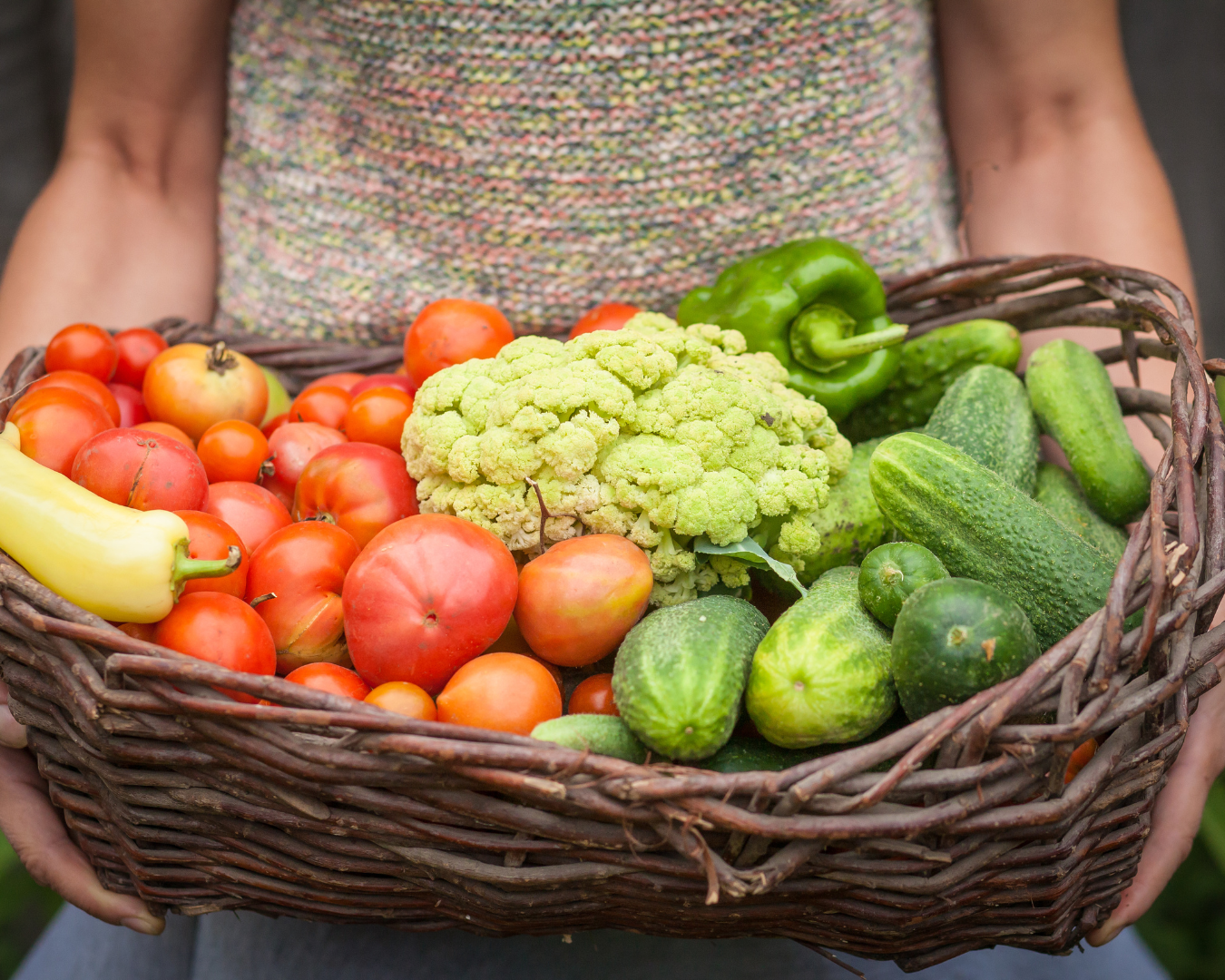Seasonal Eating for Health: Embrace Nature’s Bounty
Eating with the seasons isn’t just a trend; it’s a timeless practice that aligns our diets with nature’s rhythms. Seasonal eating involves consuming fruits, vegetables, and herbs that are harvested at their peak. This approach to eating not only tantalizes your taste buds with fresh and flavorful produce but also offers numerous health and environmental benefits. Let’s dive into the reasons why you should embrace seasonal eating and explore some delicious recipes that highlight the best of what each season has to offer.
The Nutritional Benefits of Seasonal Produce
When fruits and vegetables are harvested at their peak, they are packed with nutrients. Seasonal produce is fresher, tastier, and more nutritious because it hasn’t been stored for long periods or transported over long distances. Here are some key benefits:
- Higher Nutrient Content: Seasonal produce is harvested at its ripest, ensuring that it is nutrient-dense. For instance, summer tomatoes are rich in vitamins C and A, while winter squashes are loaded with fiber and antioxidants.
- Better Flavor: Produce in season tastes better. Strawberries in June are sweeter and juicier than those available in January, which are often bland and mealy.
- Natural Variety: Eating seasonally encourages a varied diet, which is key to getting a broad range of nutrients. Each season offers its own unique bounty, from spring’s leafy greens to autumn’s root vegetables.
Environmental and Health Benefits
Choosing locally grown, seasonal foods is good for your health and the planet:
- Reduced Carbon Footprint: Locally sourced produce requires less transportation, reducing carbon emissions. Supporting local farms also helps to sustain the local economy.
- Fewer Chemicals: Seasonal and local produce often require fewer pesticides and preservatives. When crops are grown in their natural season, they are more resistant to pests and diseases, reducing the need for chemical interventions.
- Supports Local Agriculture: Buying from local farmers supports sustainable agricultural practices and helps to preserve local farmland and wildlife.
Seasonal Recipes to Try
Here are some delightful recipes to inspire your seasonal eating journey:
Spring: Asparagus and Pea Risotto
Ingredients:
- 1 cup Arborio rice
- 1 bunch asparagus, trimmed and cut into pieces
- 1 cup fresh or frozen peas
- 1 small onion, finely chopped
- 1 clove garlic, minced
- 4 cups vegetable broth
- 1/2 cup grated Parmesan cheese
- 2 tbsp olive oil
- Salt and pepper to taste
Instructions:
- Heat the olive oil in a pan and sauté the onion and garlic until soft.
- Add the Arborio rice and cook for 2 minutes.
- Gradually add the vegetable broth, one cup at a time, stirring constantly until absorbed.
- Stir in the asparagus and peas and cook until tender.
- Mix in the Parmesan cheese, season with salt and pepper, and serve warm.
Summer: Tomato and Basil Salad
Ingredients:
- 4 large ripe tomatoes, sliced
- 1 cup fresh basil leaves
- 1/4 cup extra-virgin olive oil
- 2 tbsp balsamic vinegar
- Salt and pepper to taste
Instructions:
- Arrange the tomato slices on a plate.
- Scatter the basil leaves over the tomatoes.
- Drizzle with olive oil and balsamic vinegar.
- Season with salt and pepper, and enjoy fresh.
Autumn: Roasted Butternut Squash Soup
Ingredients:
- 1 large butternut squash, peeled and cubed
- 1 onion, chopped
- 3 cloves garlic, minced
- 4 cups vegetable broth
- 1 tsp ground cinnamon
- 1/2 tsp ground nutmeg
- 1/2 cup coconut milk
- 2 tbsp olive oil
- Salt and pepper to taste
Instructions:
- Preheat the oven to 400°F (200°C). Toss the butternut squash with olive oil, salt, and pepper, and roast for 25-30 minutes until tender.
- In a large pot, sauté the onion and garlic until soft.
- Add the roasted squash, vegetable broth, cinnamon, and nutmeg. Simmer for 20 minutes.
- Puree the soup until smooth, stir in the coconut milk, and adjust seasoning as needed.
Winter: Citrus and Fennel Salad
Ingredients:
- 2 oranges, peeled and sliced
- 1 fennel bulb, thinly sliced
- 1/4 cup pomegranate seeds
- 2 tbsp olive oil
- 1 tbsp lemon juice
- Salt and pepper to taste
Instructions:
- Arrange the orange slices and fennel on a plate.
- Sprinkle with pomegranate seeds.
- Drizzle with olive oil and lemon juice.
- Season with salt and pepper, and serve immediately.
Seasonal eating is a simple yet powerful way to enhance your health and support the environment. By choosing fruits, vegetables, and herbs at their peak, you enjoy more nutrients, better flavor, and contribute to a more sustainable food system. Start today by visiting your local farmers’ market and exploring the vibrant, fresh produce of the season. Your taste buds, body, and planet will thank you!

